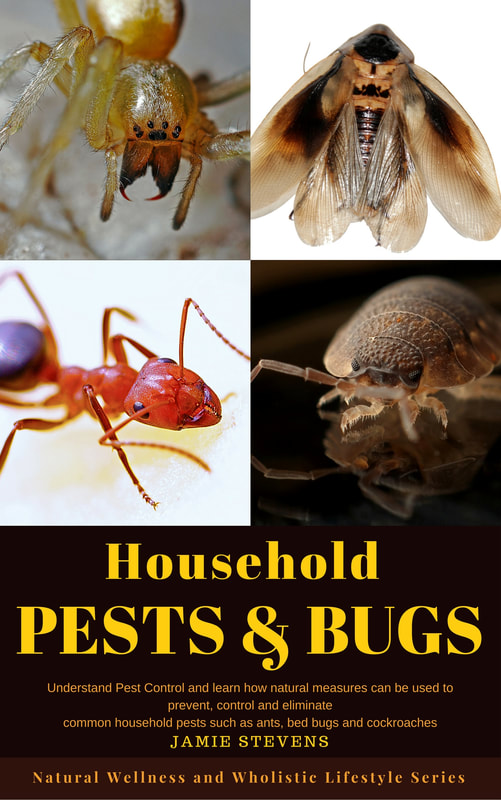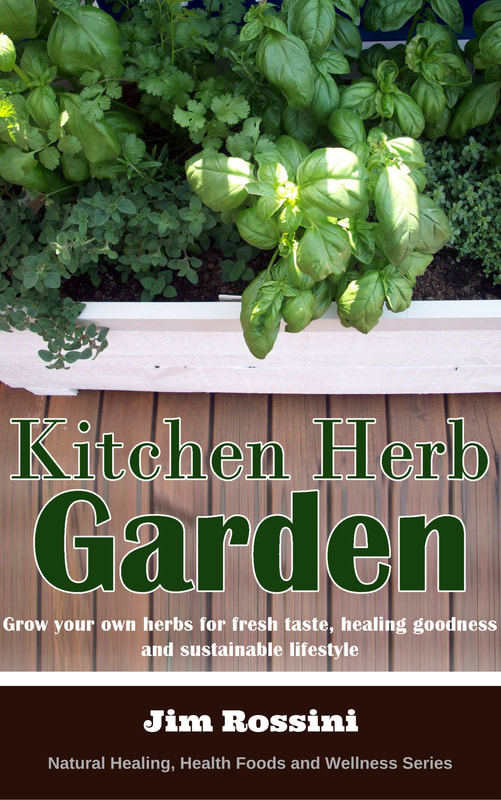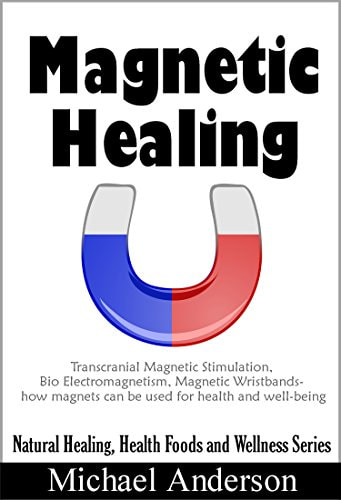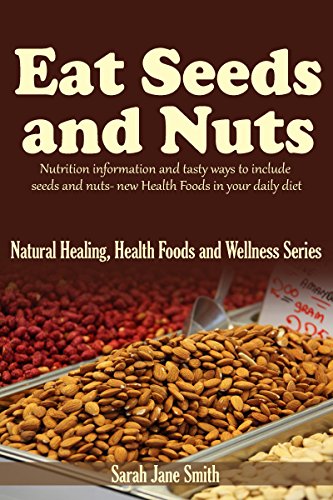Definitions of organic food vary. Organics can be difficult to explain by empirical measurement and reference to "scientific fact".
For one thing, the majority of food industry research of the last 100 years has been focussed solely on developing chemical agriculture and modern food processing -- almost nothing has been done to formally investigate side effects of conventional agriculture that are not immediately obvious.
Also, organics is an "if it ain't broke, don't fix it" proposition, concerned in large part with what NOT to do -- "as much as possible, let Nature do its thing" -- rather than in devising precise formulas for organic production.
A strictly rules-based definition of organic farming and organic food, consisting of approved inputs and practices, created and maintained by regulatory agencies, is inevitably subject to "exceptions" and to special interest pressures to modify the rules. As organics become "whatever the rules say it is", the line between organic and conventional food can get blurry.
For one thing, the majority of food industry research of the last 100 years has been focussed solely on developing chemical agriculture and modern food processing -- almost nothing has been done to formally investigate side effects of conventional agriculture that are not immediately obvious.
Also, organics is an "if it ain't broke, don't fix it" proposition, concerned in large part with what NOT to do -- "as much as possible, let Nature do its thing" -- rather than in devising precise formulas for organic production.
A strictly rules-based definition of organic farming and organic food, consisting of approved inputs and practices, created and maintained by regulatory agencies, is inevitably subject to "exceptions" and to special interest pressures to modify the rules. As organics become "whatever the rules say it is", the line between organic and conventional food can get blurry.
| |
Early organic consumers were essentially looking for chemical-free, fresh or minimally processed food, and they had to buy directly from growers: Know your farmer, know your food was a practical reality.
Organic food at first comprised mainly fresh vegetables. Personal definitions of what exactly constituted "organic" could be developed and verified through first-hand experience: talking to farmers and directly observing farm conditions and farming activities.
Small farms could grow vegetables (and raise livestock) using organic farming practices, with or without certification, and this was more or less something the individual consumer could monitor.
As consumer demand for organic foods continues to increase, high volume sales through mass outlets, typically supermarkets, is rapidly replacing the direct farmer connection.
For supermarket consumers, food production is not easily observable. Product labelling, like "certified organic", is relied on. Government regulations and third-party inspectors are looked to for assurance.
Organic food at first comprised mainly fresh vegetables. Personal definitions of what exactly constituted "organic" could be developed and verified through first-hand experience: talking to farmers and directly observing farm conditions and farming activities.
Small farms could grow vegetables (and raise livestock) using organic farming practices, with or without certification, and this was more or less something the individual consumer could monitor.
As consumer demand for organic foods continues to increase, high volume sales through mass outlets, typically supermarkets, is rapidly replacing the direct farmer connection.
For supermarket consumers, food production is not easily observable. Product labelling, like "certified organic", is relied on. Government regulations and third-party inspectors are looked to for assurance.
With widespread distribution of organic food, processed food has also become dominant over fresh, confusing the issue further. Modern food processing is complex and complicated.
Commercial preparation methods, the use of food additives, the effects of packaging and storage, and the like are outside the first-hand experience of most people (including organic farmers).
Traditional and minimally processed products, baked goods; and canned, frozen, and pickled fruits and vegetables, are somewhat easier for consumers to understand by comparison with home preparation methods, although home and mass-production techniques are quite different.
For convenience foods, like frozen prepared foods, cooked breakfast cereals, and so forth, ingredients and methods are quite a mystery to most consumers. A "certified organic" label is usually the only way for consumers to trust that a processed product is "organic".
Commercial preparation methods, the use of food additives, the effects of packaging and storage, and the like are outside the first-hand experience of most people (including organic farmers).
Traditional and minimally processed products, baked goods; and canned, frozen, and pickled fruits and vegetables, are somewhat easier for consumers to understand by comparison with home preparation methods, although home and mass-production techniques are quite different.
For convenience foods, like frozen prepared foods, cooked breakfast cereals, and so forth, ingredients and methods are quite a mystery to most consumers. A "certified organic" label is usually the only way for consumers to trust that a processed product is "organic".
#greenliving #organicfoods #organicliving #wholisticliving #wholisticlifestyle
















